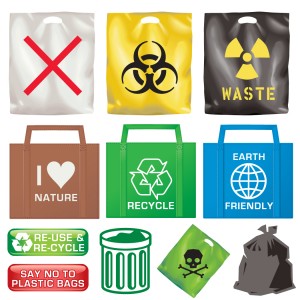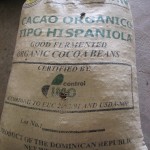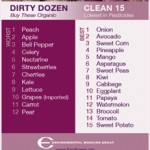Decoding Labels
Is there a difference between products labeled “natural,” “non-toxic,” or “eco-safe”? Is one better for our health? Or worse? Beth Greer at the Huffington Post tackled this label confusion in a recent article about cosmetics and personal care products. 
Greenwashing, a trick used by many manufactures, is the act of using labels which are misleading, vague, or even present false claims about the eco/health benefits of a product. Below is list of greenwashed words Greer says to be wary of the next time you’re shopping.
Top 10 Greenwashing Watchwords
10. “Environmentally friendly” and “eco-safe.”
9. “Dermatologist tested,” “sensitivity tested,” and/or “hypoallergenic”
8. “Allergy-friendly fragrance” and “fragrance-free”
7. “Nontoxic”
6. “Derived from…” (For example, “derived from coconut oil”)
5. “Free of…”
4. “Certified Green”
3. “Natural”
2. “Organic”
1. “Made with…” (For example, “made with real lemon”)
For more information about each of the 10 Greenwashing Watchwords, go to the article, “10 ways to tell if a product is (or isn’t) really ‘natural’”




